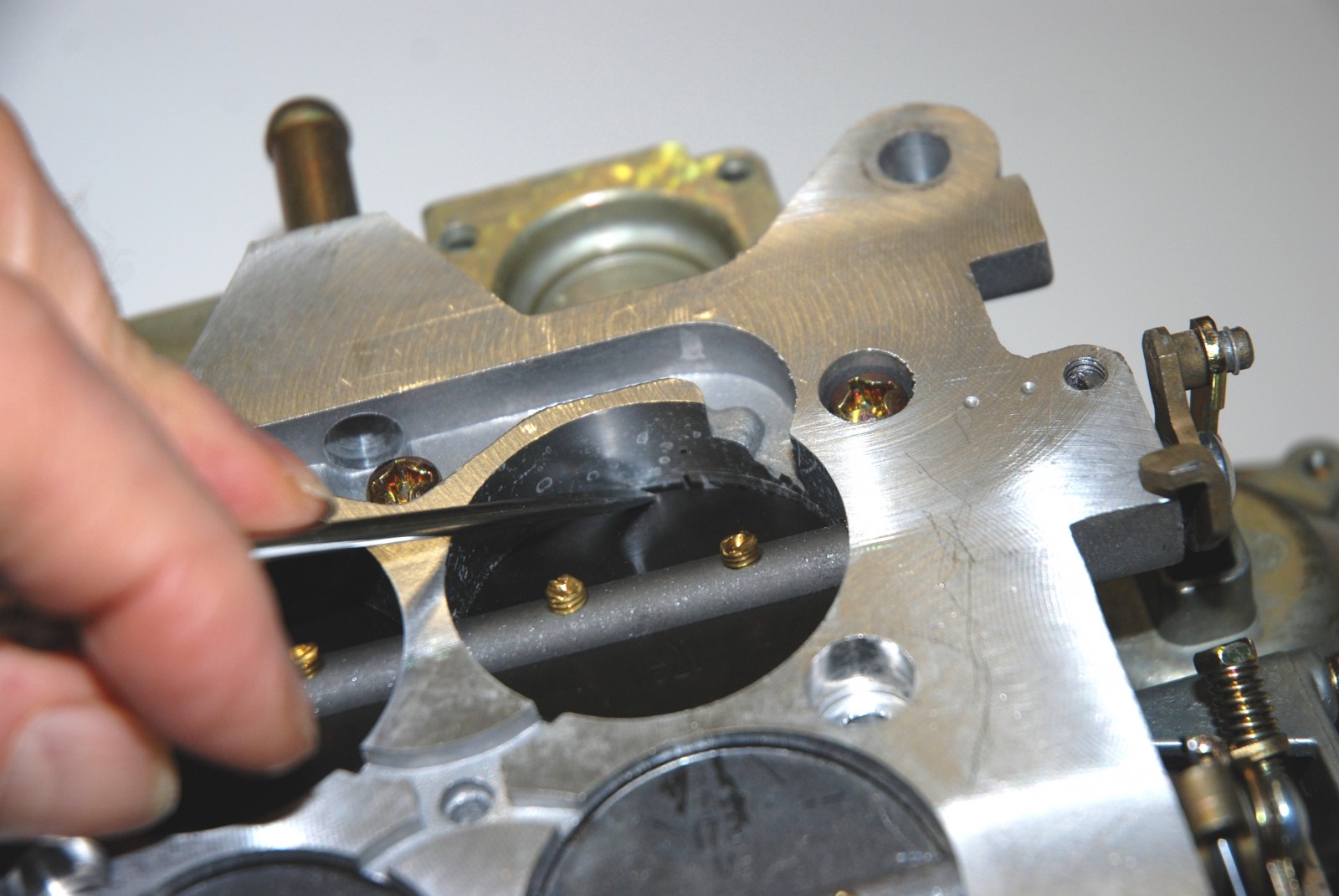Holley Idle Transfer Slots
Posted By admin On 04/08/22Holley’s Ultra models have an adjustable idle air bypass screw (yellow arrow). Air for the bypass goes through the holes indicated by the blue arrows. To supply the required amount of idle air without using up all the transition slot, it may be necessary to drill holes into the butterflies. When you convert to 4-corner idle, you should be blocking the passage to the transfer slots. All of the idle fuel should be going through your new mixture passage. Then, you can set your throttle blades wherever you need them.
I've pulled my Holley Ultra HP (double pumper) apart for a good clean and 'reset to factory specs' ahead of some fine tuning. I want to start with the absolute basics and proceed from there.
Question on the transfer slots, before I begin playing with the idle settings. Endless tech articles suggest aiming for just enough slot to be exposed under the throttle plate, that it forms a 'square' shape. Any more than this is not a good thing.
But what about less? My primaries are covering the slots (only just) - I can almost just see the very tip of the slot. So I would actually need to open them more to achieve a square. Not what I was expecting, especially since my carb has a history of being filthy rich.
My secondaries are also fully covering the slots - even more-so than the primaries. I'd need to give the the base idle screw a really decent turn to expose the transfer slot and form a square.
So how important is the square? Am I best opening both primary and secondary throttle positions to have matching squares, or just leave them alone (what we'll call fully seated) - and then adjust idle accordingly. Holley's instructions specifically state the the throttle blades should not be touched as they are already optimised from factory. Hence I find these 2 different things quite contradictory...
Transition slot exposure is critical because it affects both idle quality, idle air / fuel mixture as well as 'tip-in' or 'off-idle' response.
Too little or no transition slot exposure on the primary side on most engines will cause a stumble or hesitation on tip-in. Viewed with the butterflies in the idle position, base inverted.
Click on picture to enlarge
 Too much transition slot exposure on the primary side on most engines will cause: a rich idle / exhaust smell; little to no sensitivity to idle mixture screw adjustment; soft tip-in stumble or hesitation on tip-in or part throttle response.
Too much transition slot exposure on the primary side on most engines will cause: a rich idle / exhaust smell; little to no sensitivity to idle mixture screw adjustment; soft tip-in stumble or hesitation on tip-in or part throttle response.Click on picture to enlarge
The following picture shows a near perfect transition slot exposure for most engines. The shape of the transition slot exposed (under the butterfly) will look something like a square.
Click on picture to enlarge
To adjust secondary transition slot exposure a secondary idle screw / throttle stop is provided. On TMP Carbs' preppared carbs, the idle speed screw is accessible from the top. To access it, with engine off, simply open the throttle to expose the secondary idle speed screw and turn.
Replacement of 'idle fuel restrictions' (IFRs) also referred to as 'idle jets'.
IFR's (idle jets) on TMP Carbs' prepared Holley carburetors utilizing Holley metering blocks are located as indicated in the diagonal passage intersecting the idle well providing communication to the idle passage in the metering block face. TMP uses 6x32 brass set screws for the IFRs.

Holley Idle Transfer Slot Adjustment
Holley Idle Transfer Slot
Power Valve Tuning
Power valve tuning is critical for best mileage, throttle response and performance. By far, most high performance and racing engines require a late opening, low value power valve such as a 2.5 or 3.5. The proper power valve value can be determined by measuring manifold vacuum when accelerating from a dead stop or low speed taking note of the vacuum reading as the secondary barrels begin to open.
Holley Idle Transfer Slot Tuning
TMP Carbs article on: http://www.detroitdragway.com/tuning-in-photos/